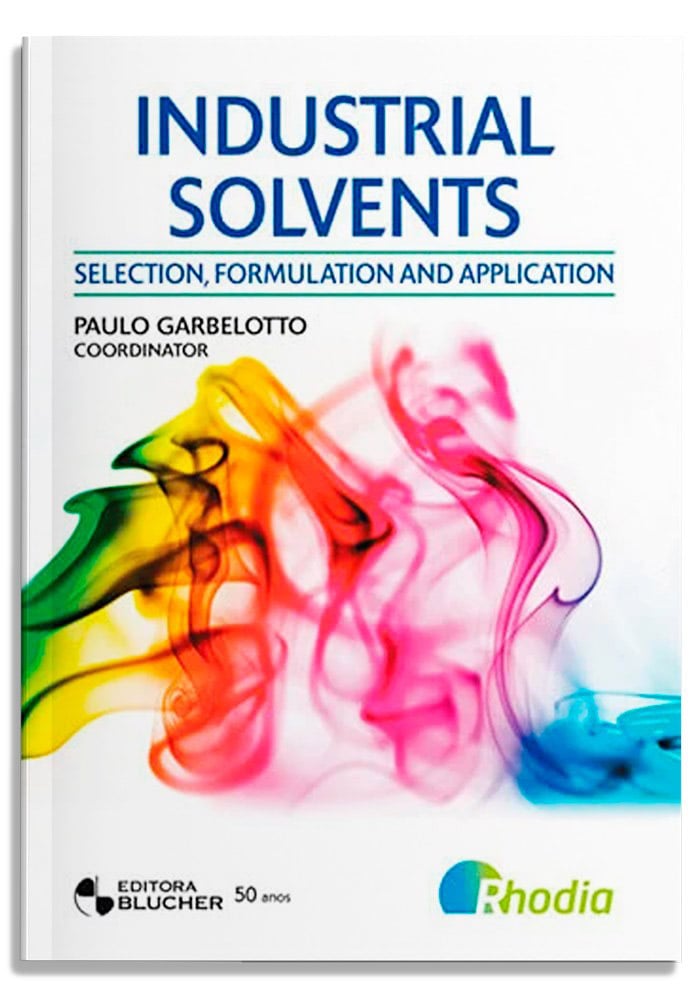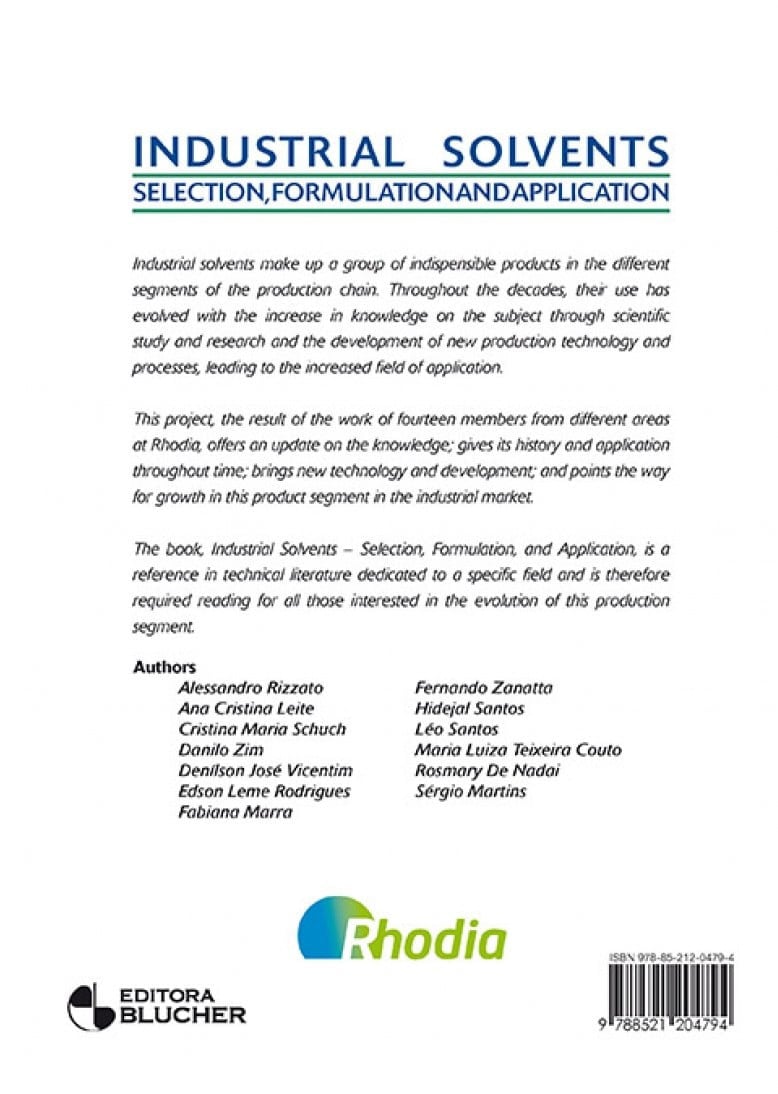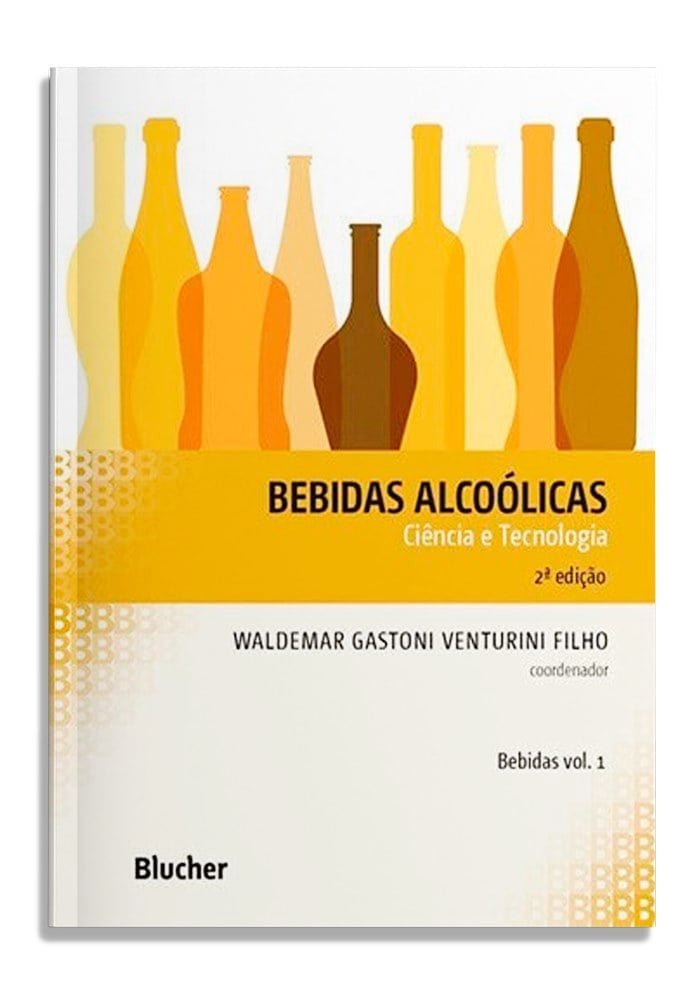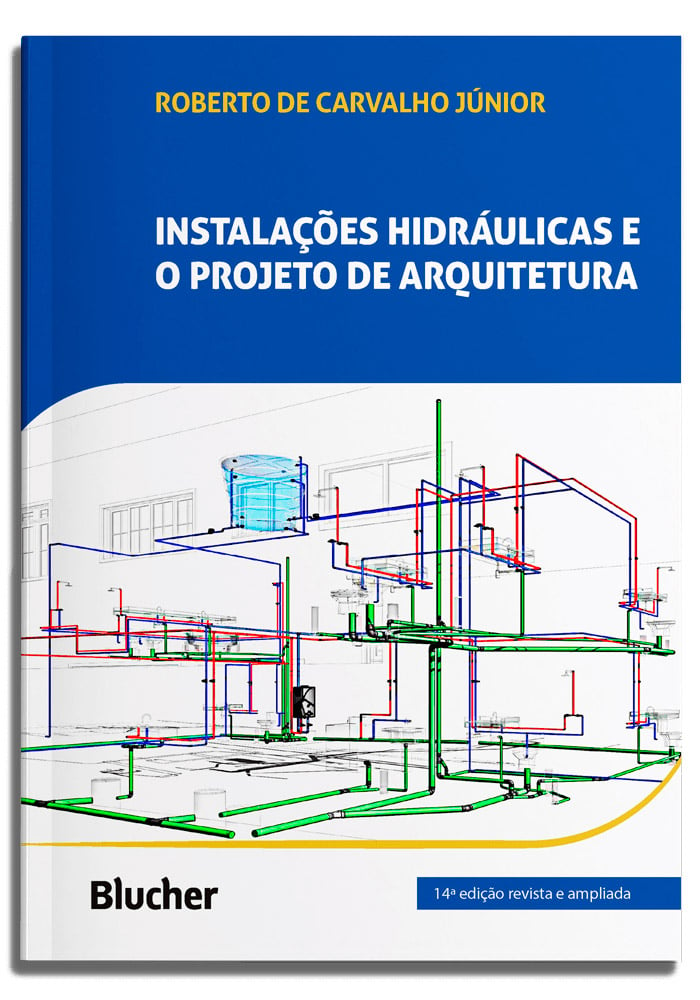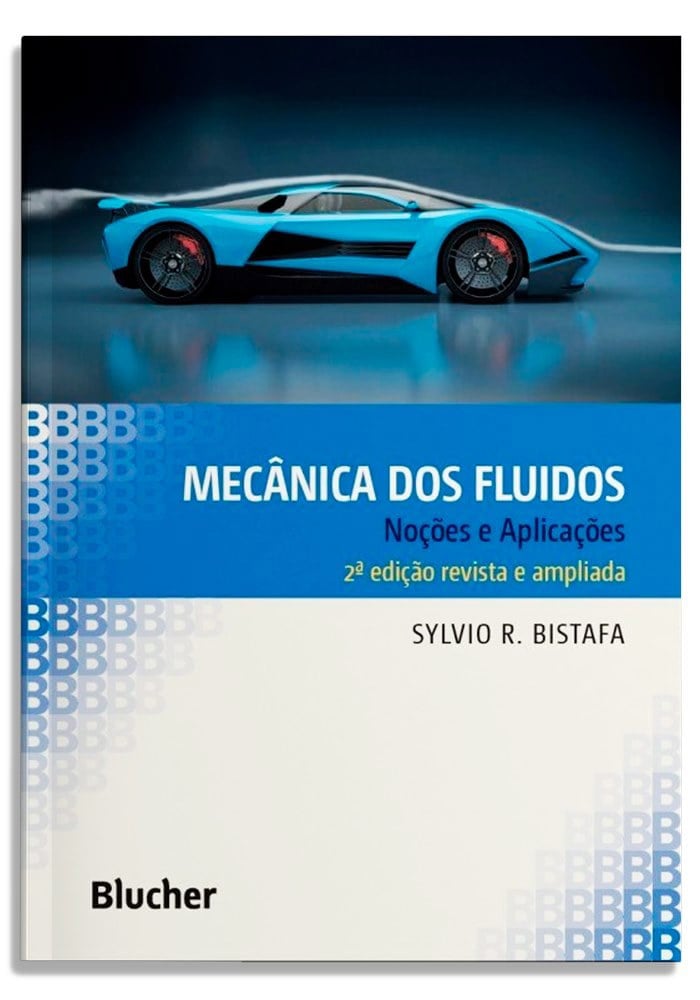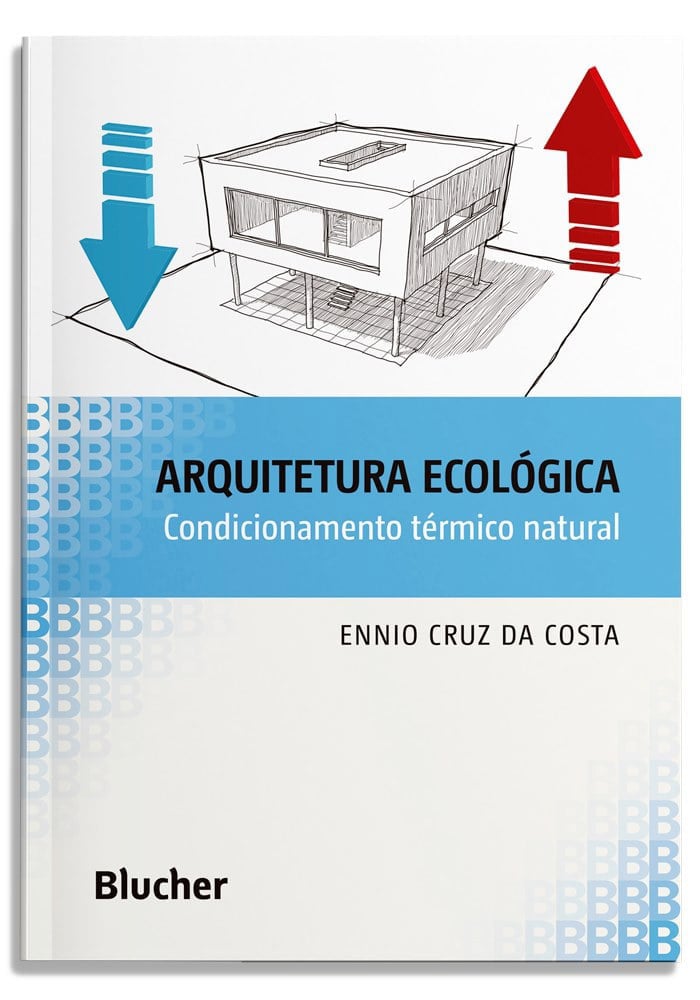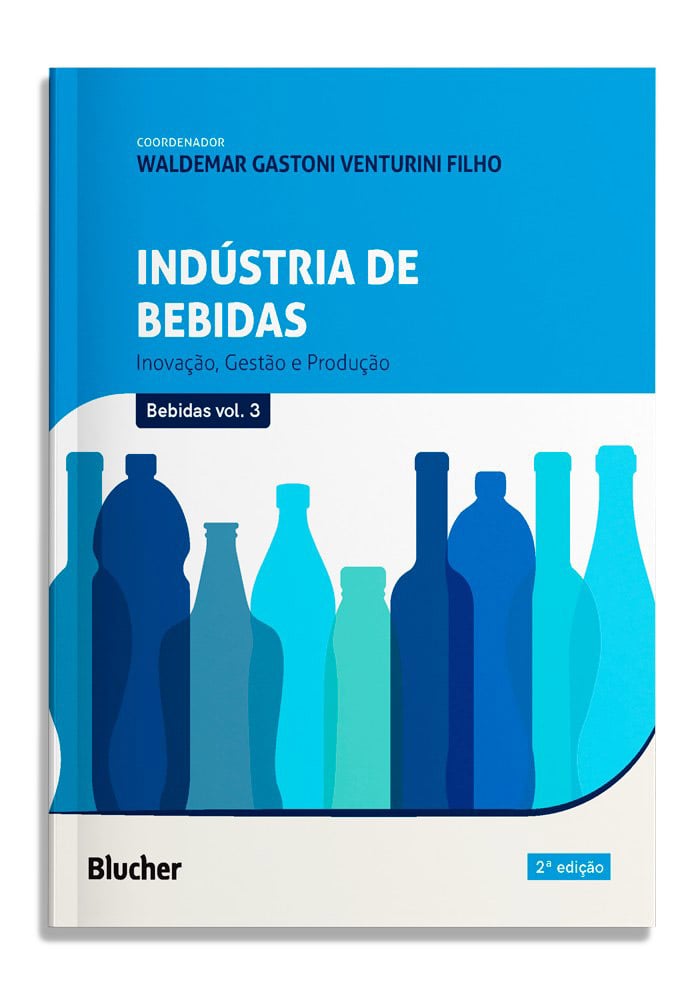Selection, formulation and application
R$ 174,00
ou até 3x de R$ 58,00
Sinopse
Industrial solvents make up a group of indispensible products in the different segments of the production chain. Throughout the decades, their use has evolved with the increase in knowledge on the subject through scientific study and research and the development of new production technology and processes, leading to the increased field of application.
This project, the result of the work of fourteen members from different areas at Rhodia, offers an update on the knowledge; gives its history and application throughout time; brings new technology and development; and points the way for growth in this product segment in the industrial market.
The book, Industrial Solvents - Selection, Formulation, and Application, is a reference in technical literature dedicated to a specific field and is therefore required reading for all those interested in the evolution of this production segment.
Sumário
1 - Overview
1.1. History
1.2. Solvents: a Multimarket Product
1.3. Solvents: an Important Piece in the Petrochemical Chain
1.4. Solvents: Commodities and Specialties
1.5. Solvents: an Old and Current Technology
2 - General Aspects
2.1. Definition
2.2. Classification
2.3. Solute-Solvent Interaction
2.4. The Role of the Solvent in Industry
3 - Main Classes of Solvents
3.1. Aliphatic Solvents
3.2. Aromatic Solvents
3.3. Oxygenated Solvents
3.4. Halogenated Solvents
3.5. Nitrogen and Sulfur-Containing Solvents
4 - Green Solvents
4.1. Introduction
4.2. Green Solvents
4.3. Criteria for Evaluating Green Solvents
4.4. Examples of Green Solvent Classes
5 - Physical-Chemical Properties of Solvents
5.1. Energy Involved
5.2. Potential Energy and Covalent Bonding
5.3. Bond Polarity
5.4. Molecular Polarity
5.5. Intermolecular Forces
5.6. Phase Stability
5.7. Phase Limit
5.8. Critical Point and Boiling Point
5.9. Melting Point and Triple Point
5.1. 0. Dielectric Constant
5.1. 1. Viscosity
5.1. 2. Refractive Index
5.1. 3. Surface Tension
5.1. 4. Density
6 - Solubility Parameters
6.1. Cohesive Energy Density
6.2. Solubility Parameters
7 - Principal Criteria for Choosing a Solvent
7.1. Solvent Power
7.2. Evaporation Rate
7.3. Other Criteria for Choosing a Solvent
7.4. Safety, Health, and Environment
7.5. Example of Solvent Selection in the Separation Process
8 - Solvents and Their Applications
8.1. Coatings and Varnishes
8.2. Solvent Evaporation
8.3. Solvent system Formulations for Specific Coating
8.4. Industrial Coatings
8.5. Adhesives
8.6. Coalescent
8.7. Solvents in Processes
9 - Methods for Analysing Solvents
9.1. Gas Chromatography
9.2. Chemical Methods for Analysing Solvents
9.3. Physical Methods for Analysing Solvents
9.4. Spectroscopic Characterization of Solvents
9.5. Use of Coupled Analytical Techniques for Problem Solving in the Solvent Industry
9.6. Final Considerations
10 - A Segment Committed to Sustainability
10.1. Product Stewardship
10.2. Hazard Classification and Communication - GHS
10.3. Management of Hygiene, Health, and Environmental Aspects
10.4. Management of Health Aspects
10.5. Management of Environmental Aspects
Glossary
Index
